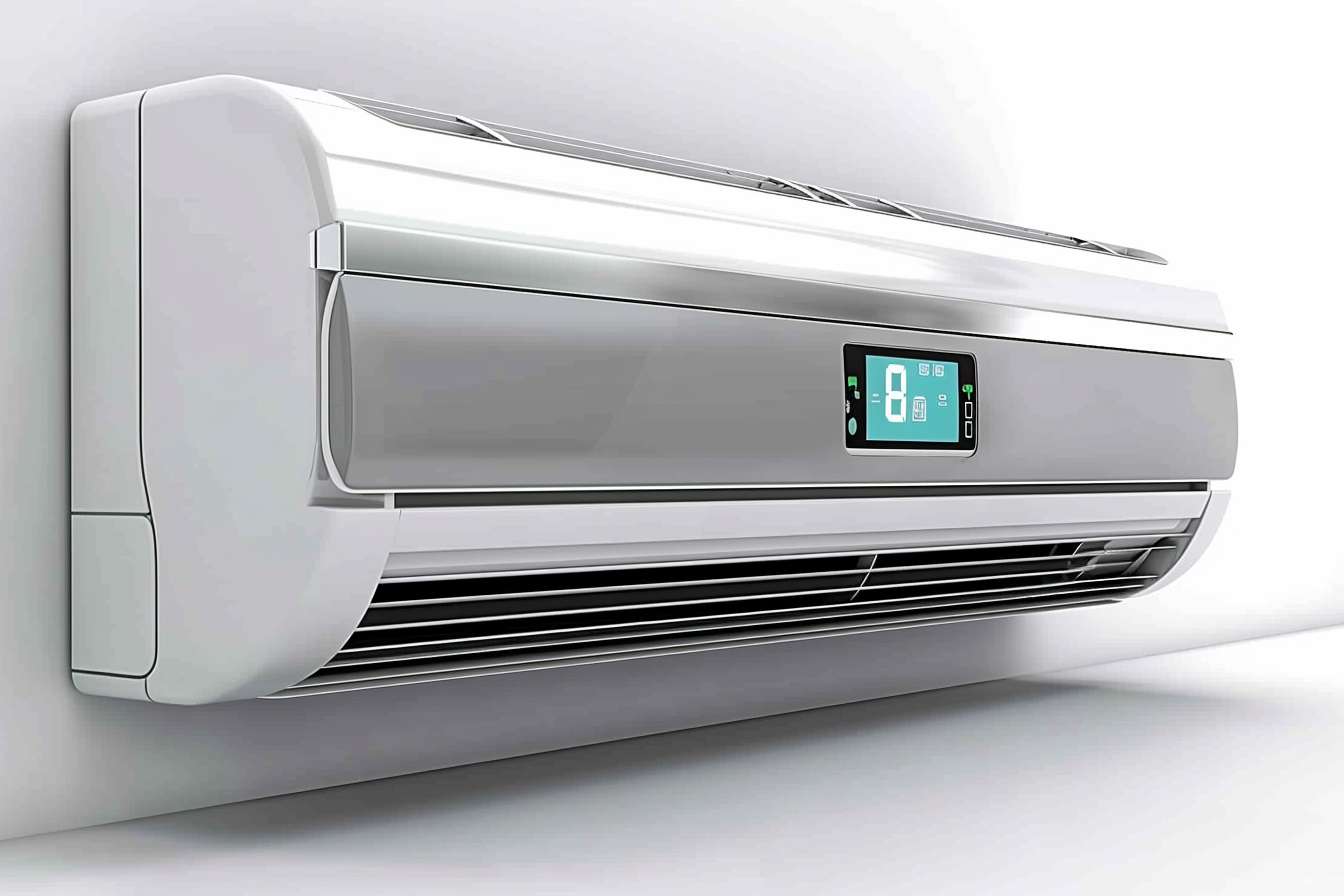Regulatory Standards and Certifications to Consider for Powered Bedding
This article outlines the key regulatory standards and certifications that affect powered bedding products, including electrical safety, textile testing, and performance verification. It highlights how certification, testing, and manufacturing controls intersect with temperature control, energy use, and user safety to help readers evaluate compliance and product risks.

Powered bedding combines textiles and electrical components to provide warming and temperature control in household linens. Because these products mix electricity, fabrics, and direct contact with users, regulators and testing bodies set standards that cover electrical safety, insulation, sensors, and fabric flammability. Understanding certification pathways and the types of testing that apply helps manufacturers, retailers, and consumers assess safety, energy performance, portability, and maintenance requirements.
This article is for informational purposes only and should not be considered medical advice. Please consult a qualified healthcare professional for personalized guidance and treatment.
What safety, testing, and certification apply?
Safety standards for powered bedding typically cover electrical insulation, wiring integrity, and protection against overheating. Testing focuses on risk of electric shock, short circuits, and potential fire hazards; common test categories include dielectric strength, ground continuity, and cord/pin stress tests. Regulatory marks and certificates—issued by recognized testing laboratories or national authorities—demonstrate that a product has undergone those tests and meets applicable local or regional requirements. Certification processes also evaluate installation instructions, labeling, and warning statements to improve user safety.
How do thermostats, sensors, and timers matter?
Thermostats, sensors, and timers are critical components that govern temperature and control energy use. Standards may require accuracy testing for thermostats, response-time verification for temperature sensors, and fail-safe behavior for timers to prevent continuous heating. Certifications often check sensor redundancy and whether a control failure could allow runaway heating. Documentation of control algorithms, calibration procedures, and bench testing results is typically part of compliance submissions to testing laboratories.
How does temperature control and energy use relate?
Temperature regulation affects both safety and energy consumption. Regulators may require that powered bedding limits maximum surface temperatures and demonstrates stable behavior under prolonged use. Energy performance standards assess current draw and standby power; energy-efficient designs that use insulation, accurate thermostats, and low-power sensors can reduce consumption. Testing protocols often include endurance cycling to simulate real-world temperature control over extended periods and to confirm that energy use remains within expected ranges.
What fabrics, insulation, and linens should comply?
Textile testing complements electrical safety checks. Fabric flammability, insulation effectiveness, and material durability are evaluated to ensure the bedding resists ignition and retains insulating properties after repeated washing. Standards for linens may specify acceptable materials, seams and stitching tests, and the interaction between conductive elements and fabrics. Certification commonly requires wash-cycle testing, abrasion resistance checks, and confirmation that embedded heating elements remain insulated and fixed within the textile structure.
What maintenance and troubleshooting are expected?
Regulatory guidance and certification criteria often include instructions for maintenance and user troubleshooting. Clear guidelines about washing, drying, storage, and inspection are required to preserve safety and insulation effectiveness. Manufacturers must supply troubleshooting steps for common issues—such as uneven warming, thermostat errors, or visible damage—and outline when products should be taken out of service. Proper maintenance instructions are considered part of overall safety compliance and may be verified during product audits.
How do portability and transport standards affect design?
Portability and transport influence how a powered bedding product is designed and certified. Portable units with detachable controllers or batteries introduce additional standards for transport, battery safety, and connector reliability. Shipping and packaging tests can verify that components remain secure during transit and that portable controllers meet transportation regulations for batteries. Designers must balance portability with robust insulation, secure connectors, and labeling that explains local-service or repair options in your area.
Conclusion
Regulatory standards and certifications for powered bedding span electrical safety, textile testing, temperature controls, and energy performance. Understanding the interplay of thermostats, sensors, fabrics, insulation, and maintenance requirements helps stakeholders evaluate risks and compliance. Certification demonstrates that products have passed structured testing and supply documentation for safe use, while clear maintenance and troubleshooting guidance supports long-term performance and consumer safety.






